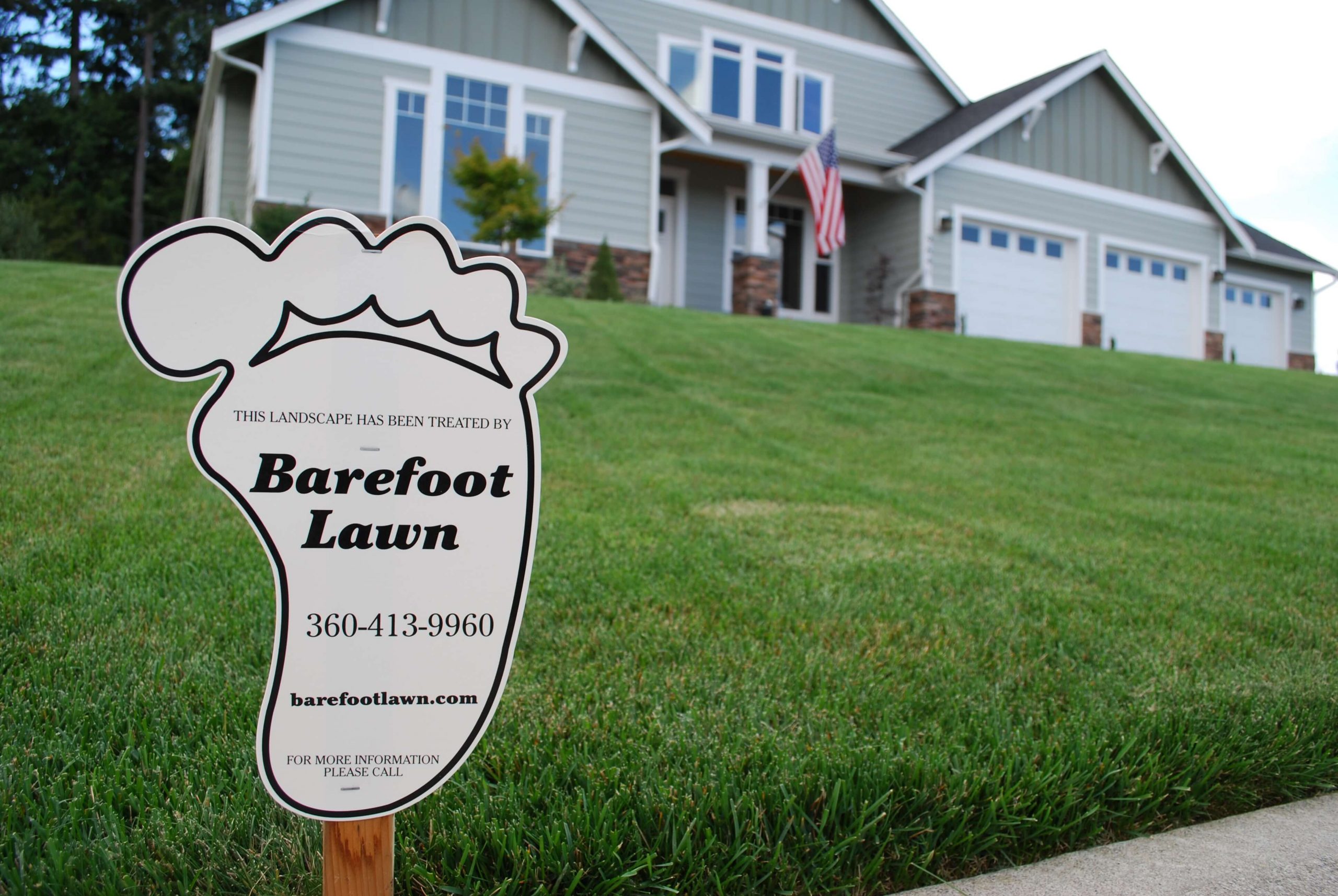Controlling moss in your lawn

Moss generally begins to establish with fall rains and peaks in the spring. Moss growth declines in the summer as conditions become drier. Wet, poorly drained and compacted soils favor moss encroachment. Moss needs very little sunlight but plenty of moisture.
Because moss is not dependent on sunlight for photosynthesis, it can thrive in shady areas where your lawn cannot. Lawns in the shade have a greater moss problem than lawns in the sun.
The most common cause of moss in the lawn is low fertility. Grasses that are not adequately fertilized become thin and unable to outgrow injury from diseases or insects. Raising the soil pH with lime will benefit the grass density and root establishment but will have no direct effect on the moss.
Though it seems like moss overtakes the lawn, it only takes hold in areas turf quality declines. When conditions favor a healthy, dense stand of turf, moss is unable to compete.
Moisture: You cannot stop the rain but when it is time to water your lawn, water thoroughly and infrequently. Avoid overwatering shady and poorly drained areas.
Sunlight: Selective pruning or thinning out trees may help to reduce shady areas. Some areas that are always shady may require a design change to something other than grass.
Fertility: Our customers receive 6 applications of fertilizer per year. Because moss is ongoing, moss control is added to 3 of the applications.
Maintenance: Consider core aeration and a generous lime application (25 lbs. per 1000 sq. ft.) to relieve soil compaction, improve drainage and correct acidic soil conditions. If the moss is excessive, we can provide lawn de-thatching to remove the moss foliage and expose the small root like structures (rhizoids). After our initial fertilizer with moss control application, we follow up 2 weeks later with a second application to eliminate the moss foliage and exposed rhizoids. We over-seed sparse or thin areas with 3-way perennial ryegrass when we aerate or de-thatch a lawn for no charge.



